
The best indicators on TradingView are those that are easy to understand, apply, and genuinely helpful in improving trading performance.
Author: Chirag Sharma
Published On: Sat, 17 Aug 2024 10:12:56 GMT
In trading, the ability to make well-informed decisions often separates success from failure. Indicators, which are mathematical tools based on price, volume, or other factors, play a crucial role in providing these insights. TradingView, a widely respected charting platform, offers an extensive range of indicators, catering to traders of all levels. However, with so many options available, it can be overwhelming to determine which ones are truly the best indicators on TradingView.
The best indicators on TradingView are those that are easy to understand, straightforward to apply, and genuinely helpful in improving trading performance. These indicators should not only provide clear signals but also integrate seamlessly into a trader’s strategy. Whether you’re focused on tracking trends, measuring momentum, or analyzing volume, the right indicators can enhance your trading experience significantly.
In this article, we will explore the best indicators on TradingView, focusing on those that are both user-friendly and effective. By the end, you’ll be equipped with the knowledge to select indicators that not only simplify your analysis but also contribute to better trading outcomes. Let’s dive into the top indicators that can help you navigate the markets with confidence.
Indicators play a crucial role in the toolkit of traders, providing essential insights that help them analyze market conditions, identify trends, and predict potential price movements. In a financial landscape characterized by volatility and complexity, indicators serve as navigational tools that guide traders through the uncertainties of the market. By interpreting critical data points such as price, volume, and momentum, indicators offer a clearer picture of market dynamics, allowing traders to make informed decisions based on logic rather than emotion.
One of the key benefits of using indicators is the simplification of complex data. Financial markets generate vast amounts of information, making it challenging for traders to spot opportunities at a glance. The best indicators on TradingView distill this complex information into actionable insights, effectively translating market signals into user-friendly formats.

Risk management is another vital advantage of utilizing indicators. In trading, understanding when to enter or exit a position can significantly impact a trader’s bottom line. The best indicators on TradingView offer clear signals that help traders determine optimal entry and exit points, thus reducing the likelihood of costly mistakes.
By incorporating indicators into their strategies, traders can enhance their risk management practices, making them more disciplined and strategic in their approach.
The versatility of indicators is also noteworthy. With a wide array of indicators available, traders can customize their analysis to suit various trading styles and strategies.
Ultimately, the best indicators on TradingView are those that align with your trading goals and provide reliable, easy-to-understand signals.
By incorporating these tools into your trading approach, you can enhance your decision-making process, manage risk more effectively, and improve your chances of achieving your trading objectives.
In conclusion, indicators are indispensable in the world of trading. They simplify data, enhance risk management, and offer versatility in strategy development.
By understanding and effectively using the best indicators on TradingView, traders can gain a competitive edge, navigate the complexities of the market, and work towards achieving their financial goals with confidence.
When it comes to technical analysis, selecting the right indicators is essential for successful trading. Among the best indicators on TradingView, three stand out for their effectiveness and simplicity, making them valuable tools for traders at any level.
1. Moving Average (MA):
The Moving Average is a foundational indicator that smooths out price data over a specified period, making it easier to identify trends. By averaging past prices, this indicator filters out market noise and highlights the overall direction of the market.
Traders often use Moving Averages to spot potential reversals and gauge trend strength. For example, a crossover between a short-term and a long-term moving average can signal a shift in trend direction, providing actionable insights for entry or exit points.

On TradingView you can set the input element to choose the timeframe for calculating average. For medium term, the 200 day Moving Average is most important one to hold.
2. Relative Strength Index (RSI):
The Relative Strength Index (RSI) is a momentum oscillator that measures the speed and change of price movements. It ranges from 0 to 100 and helps traders identify overbought or oversold conditions.

By incorporating the RSI into their trading strategy, traders can make more informed decisions about market entry and exit points, enhancing their overall trading performance.
3. Bollinger Bands:
Bollinger Bands consist of a moving average and two standard deviation lines that create a channel around the price. This indicator is used to measure market volatility and identify potential entry and exit points.
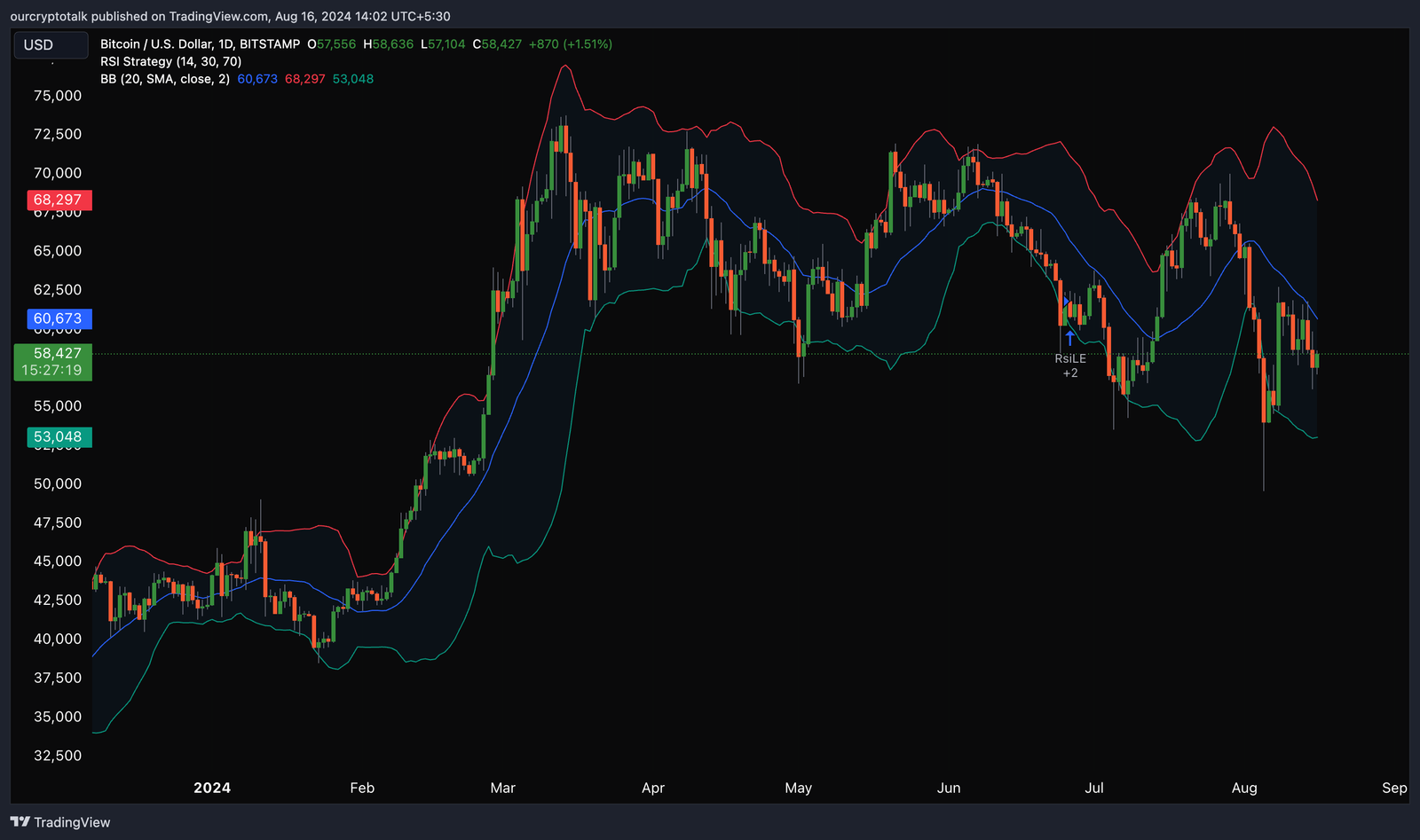
Traders can use Bollinger Bands to spot breakouts or reversals by observing price movements relative to the bands. For instance, a price touching the upper band may indicate overbought conditions, while a price touching the lower band may suggest oversold conditions.
These technical indicators are among the best indicators on TradingView due to their widespread use and proven reliability. They offer traders a straightforward way to analyze market trends, make informed decisions, and improve their trading strategies.
Momentum indicators are essential tools for traders looking to gauge the strength of price movements and identify potential trading opportunities. The best momentum indicators on TradingView provide clear signals that can help you decide when to enter or exit a trade effectively.
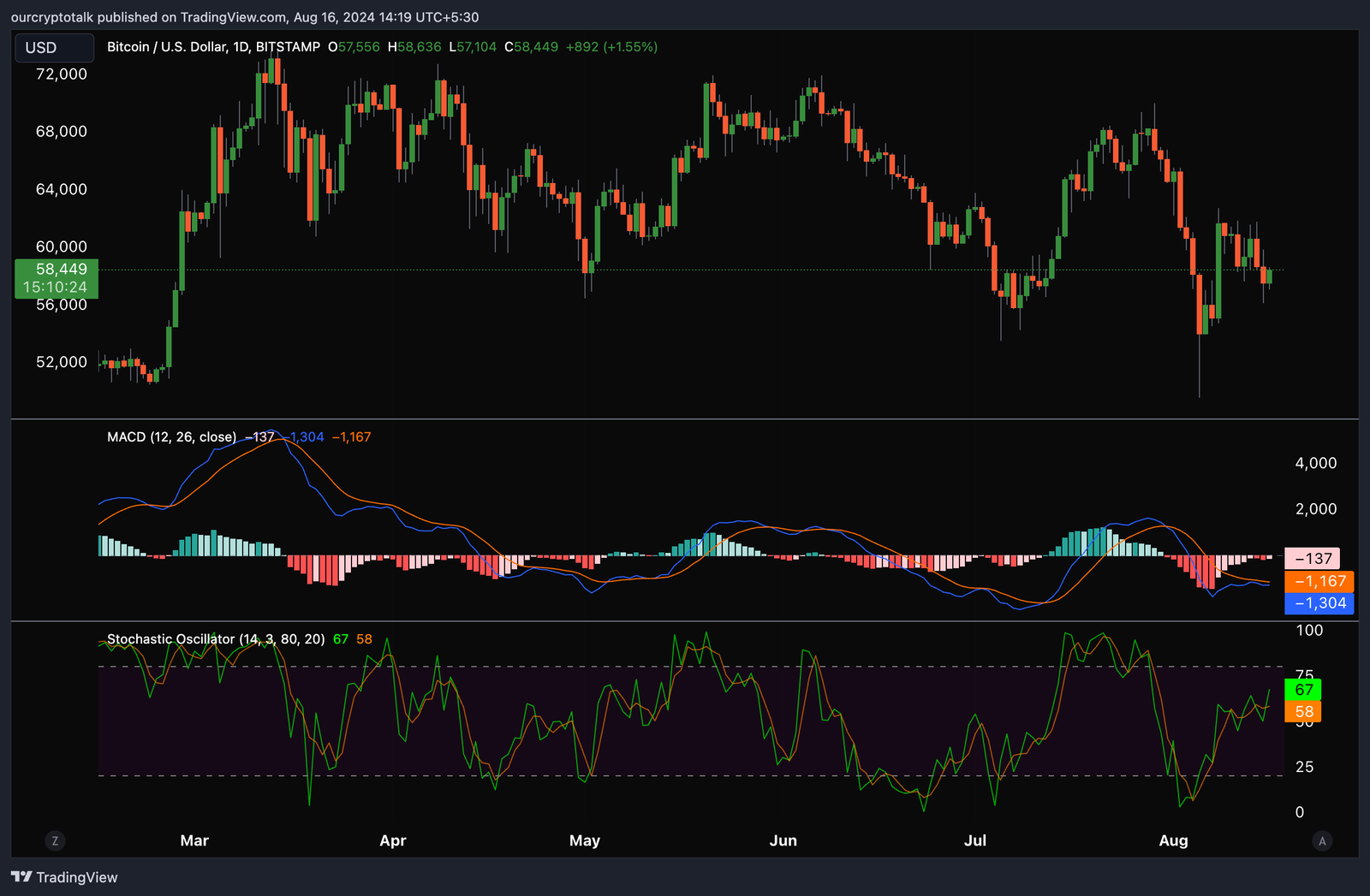
1. Moving Average Convergence Divergence (MACD):
The MACD is a versatile momentum indicator that shows the relationship between two moving averages of an asset’s price. It consists of the MACD line, the signal line, and the histogram, which visually represents the difference between the two lines.
The MACD is particularly useful for spotting potential trend reversals and confirming existing trends, making it a favorite among traders.
2. Stochastic Oscillator:
The Stochastic Oscillator compares a particular closing price to a range of prices over a specified period. This indicator helps traders identify overbought and oversold conditions by generating values between 0 and 100.
The Stochastic Oscillator provides clear entry and exit signals, making it a valuable tool for short-term traders.
3. Relative Strength Index (RSI):
While the RSI is also categorized as a technical indicator, it is powerful in measuring momentum. This oscillator shows how strongly a security is moving in a particular direction, helping traders assess the likelihood of a reversal.
By using these momentum indicators, traders can gain a better understanding of trend strength and make more informed trading decisions. The best momentum indicators on TradingView are easy to interpret and highly effective, making them essential for any trading strategy.
How RSI differs from Stochastic Oscillator?
RSI tracks overbought and oversold levels by measuring the velocity of price movements. In other words, the RSI was designed to measure the speed of price movements, while the stochastic oscillator formula works best in consistent trading ranges.
In general, the RSI is more useful during trending markets, and stochastic is more so in sideways or range-bound markets.
Volume-based indicators are critical for confirming the validity of price movements in trading. They provide deeper insights into market activity, helping traders understand whether price changes are backed by substantial trading volume. Among the best indicators on TradingView, several volume-based indicators stand out for their effectiveness:
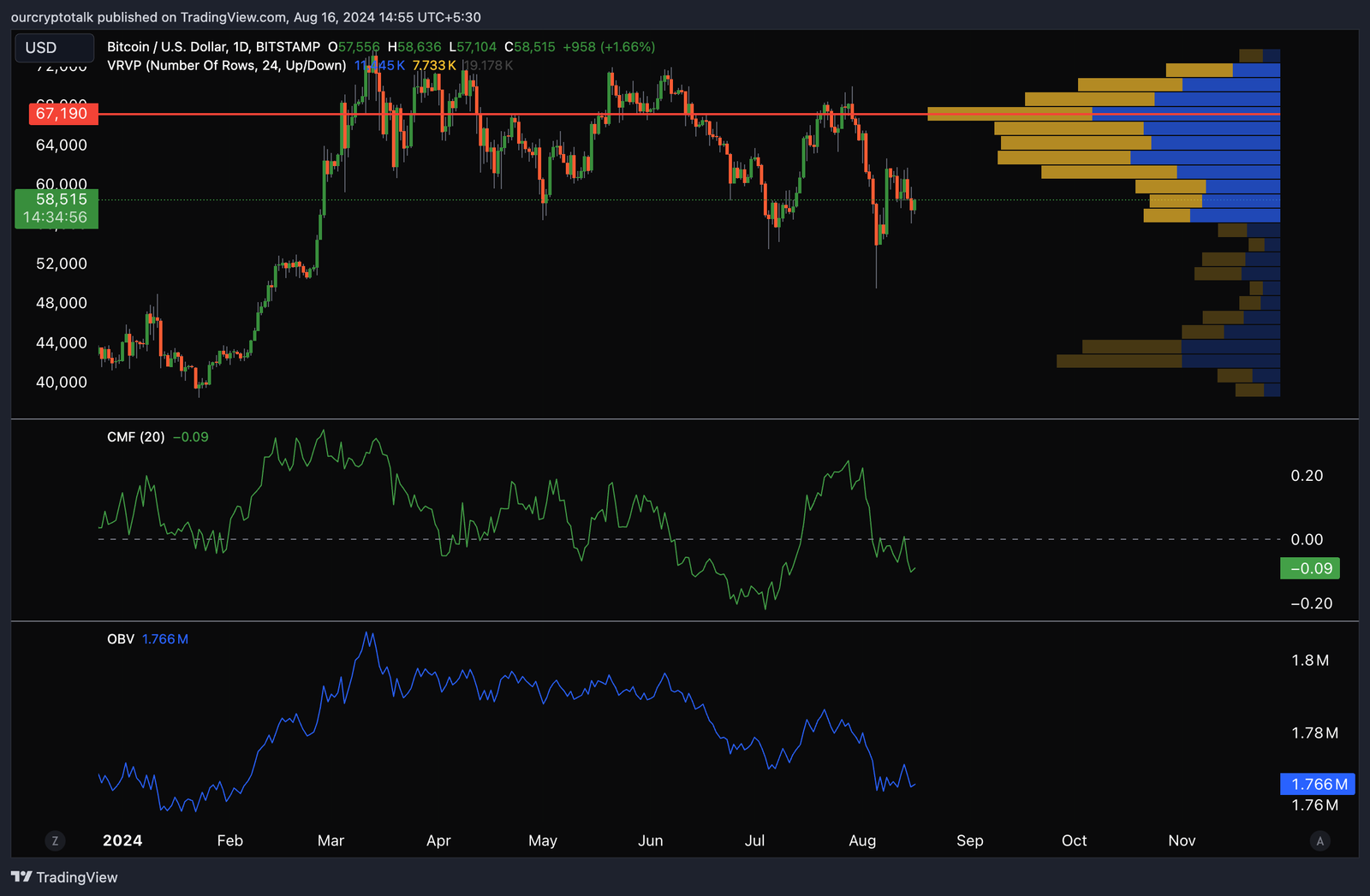
1. Volume Profile:
The Volume Profile indicator displays trading activity over a specified time period at specific price levels. It helps traders identify areas of high buying or selling interest, which often leads to potential support or resistance levels. By visualizing volume at various price points, traders can gauge where market participants are most active.
2. On-Balance Volume (OBV):
The On-Balance Volume indicator measures buying and selling pressure as a cumulative indicator. It adds volume on up days and subtracts it on down days, helping traders confirm trends.
3. Chaikin Money Flow (CMF):
The Chaikin Money Flow indicator combines price and volume to show the flow of money in and out of a security. A positive CMF value indicates buying pressure, while a negative value suggests selling pressure.
These volume-based indicators are among the best indicators on TradingView because they provide essential information that can validate price movements. By incorporating these indicators into their trading strategies, traders can avoid false signals and make more confident trading decisions.
Trend indicators are vital for traders who want to align their strategies with the prevailing market direction. Understanding the trend is crucial, as trading against it can lead to significant losses. The best trend indicators on TradingView offer clear insights into whether a market is trending, helping traders stay on the right side of the market.
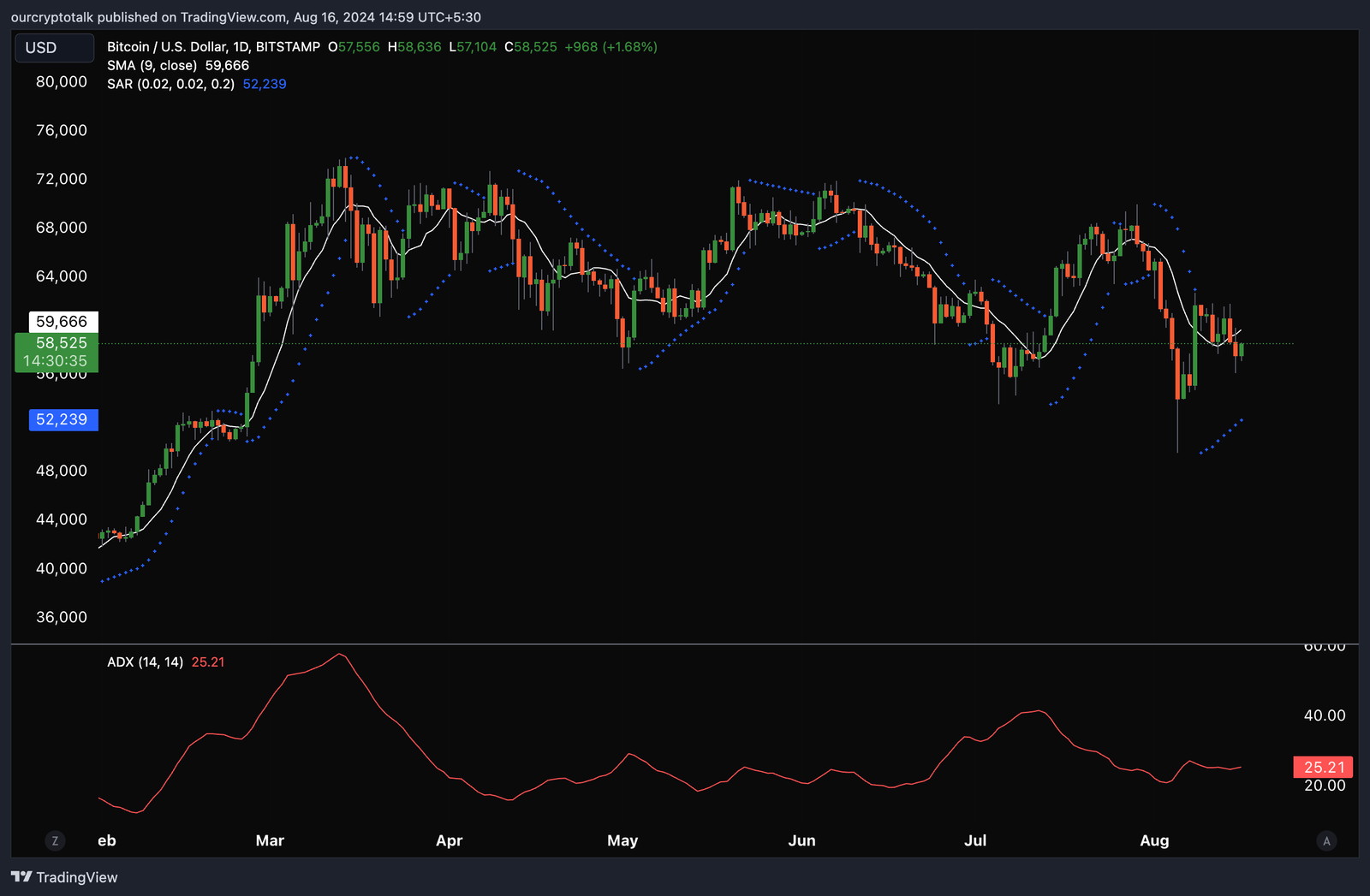
1. Moving Averages (MA):
Moving averages are foundational trend indicators that smooth out price data to reveal the underlying trend. They are especially useful for identifying the direction and strength of a trend.
2. Average Directional Index (ADX):
The Average Directional Index measures the strength of a trend without indicating its direction.
3. Parabolic SAR (Stop and Reverse):
The Parabolic SAR is a trend-following indicator that helps traders determine potential reversal points.
By using these trend indicators, traders can better identify and follow market trends, reducing the risk of trading against the prevailing direction. The best trend indicators on TradingView are simple yet powerful tools that can significantly enhance trading strategies and improve overall performance.
Combining multiple indicators can enhance your trading strategy by providing more comprehensive signals and reducing the likelihood of false positives. The key to effectively using multiple indicators on TradingView lies in selecting those that complement each other without creating conflicting signals. A well-structured approach can lead to more informed trading decisions and improved performance.
e.g. Volume indicators like the On-balance volume (OBV) can be useful when combined with Bollinger Bands to gauge the strength of price movements. Increased volume near the upper or lower bands can signal potential reversals.
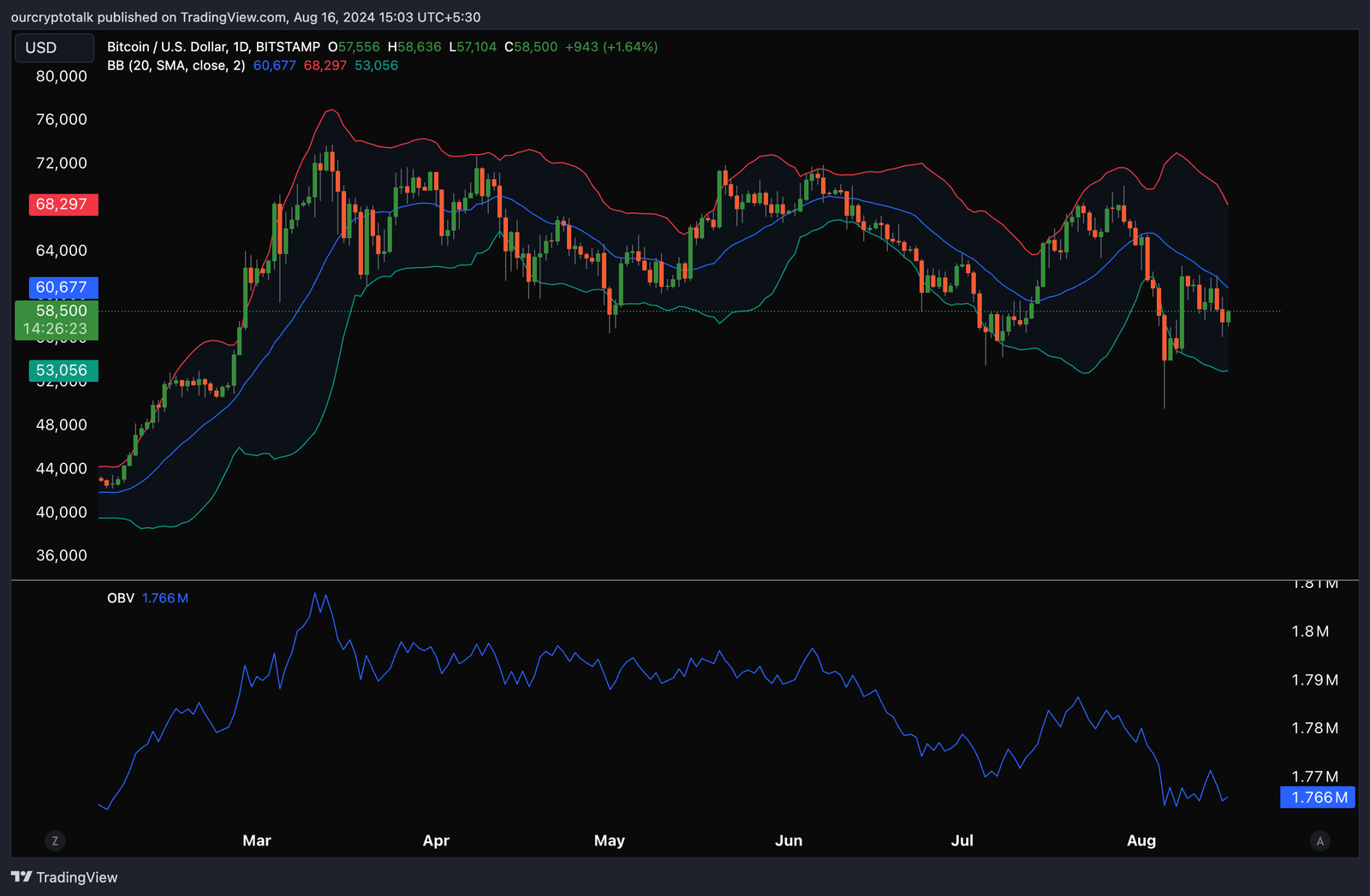
Tips for Combining Indicators:
By thoughtfully combining multiple indicators, traders can create a more robust trading system. The best indicators on TradingView, when used together, can provide powerful insights that enhance your decision-making process. This strategic approach not only helps in identifying potential entry and exit points but also aids in managing risk more effectively. Ultimately, combining indicators is a valuable skill that can significantly improve trading outcomes.
Customizing indicators on TradingView is essential for tailoring them to your specific trading strategy and preferences. This flexibility allows traders to optimize their use of indicators, resulting in better trading outcomes. By personalizing your indicators, you can enhance their relevance and effectiveness in your trading approach.
Steps to Customize Indicators:
By customizing indicators on TradingView, traders can ensure they are using tools that fit their strategies perfectly. The best indicators on TradingView are those that have been personalized to meet individual trading needs, providing more relevant and actionable signals. This personalization can lead to improved decision-making and ultimately better trading results.
As we conclude our exploration of the best indicators on TradingView, it’s clear that selecting the right tools can significantly impact your trading success. Throughout this article, we’ve discussed various types of indicators, including technical, momentum, volume-based, and trend indicators. Each type serves a unique purpose and can enhance your trading strategy.
Key Takeaways:
Remember, the best indicators on TradingView are those that provide clear, actionable insights while aligning with your individual trading style. By experimenting with the indicators mentioned in this article, you can find the optimal combination that supports your trading objectives. Ultimately, continuous learning and adaptation will lead to improved trading performance and greater success in the markets.

